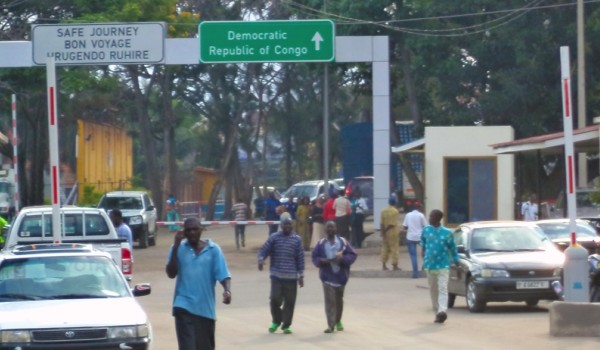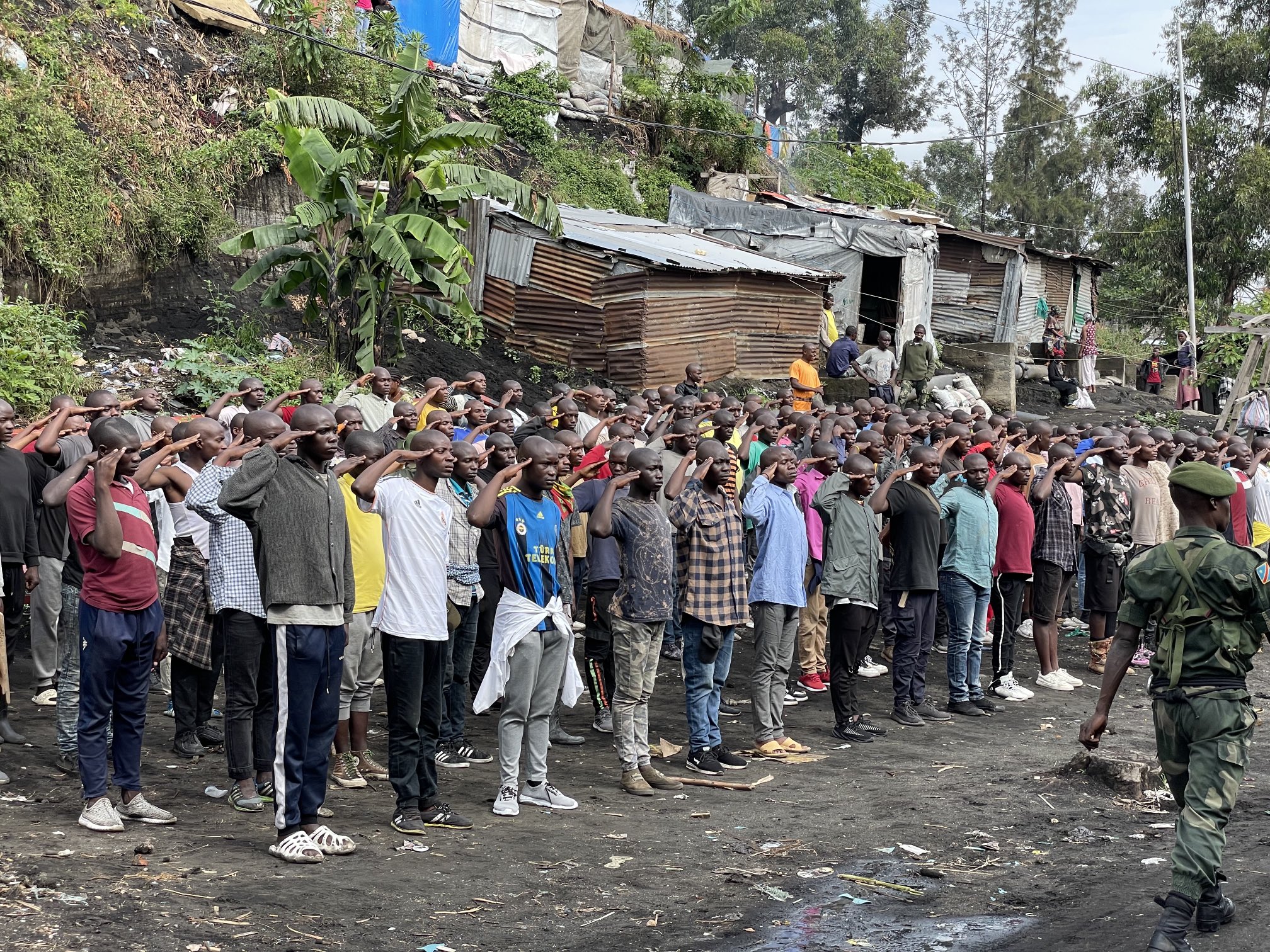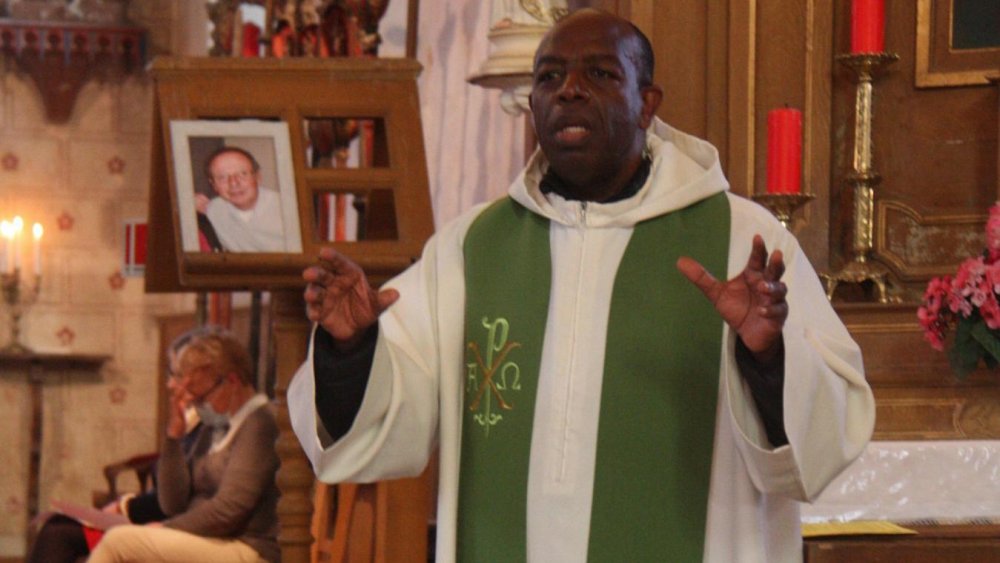Optinion
Media in the 1994 genocide against the Tutsi

On January
28, 1991, Imvaho published an article titled: “Death penalty was sought
against Munyambaraga and colleagues.” Written by Gaspard Gahigi and Kantano
Habimana, it was about the case of Narcisse Munyambaraga and his colleagues who
were persecuted for false allegations including attack on the state’s security.
Following
the launch of the liberation war by the Rwanda Patriotic Front, in October 1990,
Munyambaraga who was the Director General of the post office, and other people,
suffered from the defamation through pro-government media.
The
accused were confirmed guilty before the trial. Their lawyers were considered
traitors. However, Gahigi and Kantano concluded, supporting the sentence given
to them saying: “This trial was a waste of time, they should only be executed.”
During
1990s, Rwandan media was manipulated by politicians with horrible intentions
such as propagating the Parmehutu ideology, inciting hate speech and
dehumanizing the Tutsi in preparation for the 1994 Genocide against the Tutsi.
At
least 11 of the 42 new journals founded in 1991 were linked to ‘Akazu’, extremists linked to Habyarimana's family and in-laws.
The
Interahamwe, Kangura, Kamarampaka, La Médaille Nyiramacibiri, Echos des Mille Collines
and Umurwanashyaka newspapers; Radio Télévision Libre des Mille Collines (RTLM)
and Radio Rwanda were all disseminating content inciting violence and hatred against
the Tutsi.
On January
27, 1994, RTLM broadcasted programs calling for the Hutu to fight the Belgian contingent
of the United Nations mission in Rwanda, with allegations that they had a plan to
give the country to the Tutsi. The propaganda originated from a meeting brought
together Secretary General of then ruling MRND party, Joseph Nzirorera, vice-president,
Edouard Karemera, the son of president Juvénal Habyarimana, Jean-Pierre
Habyarimana and Robert Kajuga, the chairperson of Interahamwe militia at
national level.
Media
content was fabricated by either the extremist politicians, or Parmehutu
ideologues. Poison pen speeches against the Tutsi were frequently broadcasted,
referring to them as Inyenzi (Cockroaches) and Inzoka (snakes).
Gahigi,
the editor-in-chief of RTLM, had previously worked for Umurwanashyaka, a newspaper
of MRND. He was the party’s Central Committee member representing Byumba
prefecture.
At
RTLM, he worked with journalists including Noël Hitimana, Kantano Habimana and
Valerie Bemeriki in the Kinyarwanda version, while Emmanuel Nkomati, Philippe Mbirizi,
Joel Hakizimana and Belgian broadcaster, Georges Ruggiu, were known in the French
version.
Ruggiu
had on March 22, 1994, warned, through RTLM and Radio Rwanda, that “the
Belgians wanted to impose RPF government of bandits and killers on Rwanda.”
Radio
Rwanda, on the same day, broadcasted the Ministry of Defense, denying divisionism
in the armed forces, and insisting: “All Rwandans have decided to fight their
common enemy and have identified him.”
Radio
was used more in delivering hate messages to a wide audience. Before the liberation
war, listening to radio was unpopular. In 1991, 29 percent of all households
had a radio. The number raised higher by the start of the Genocide as the
government distributed free radios to local authorities.
Radio
Rwanda had ideologue journalists like Jean Baptiste Bamwanga who, on March 3,
1992, broadcasted incitement of over 500 Tutsi massacres in Bugesera. He got content
from Ferdinand Nahimana, director of Rwandan Information Office (ORINFOR) and co-founder
of RTLM.
RTLM
and Radio Rwanda used to merge frequencies during the programs of extremist
journalists like Bamwanga, Froduald Ntawulikura, Augustin Hatari, Phocas Fashaho
and Robert Simba.
Politically manipulated
Before
the daily news, Radio Rwanda broadcasted excerpts of Habyarimana's political
speeches. It disseminated misinformation, particularly about the war’s progress.
After Habyarimana’s plane clashed, on
April 6, 1994, government officials openly mobilized the public for the
genocide against the Tutsi.
Speaking
on Radio Rwanda, on April 12, MDR-Power leader, Frodauld Karamira, said that
the war was “everyone’s responsibility,” an idea that would be broadcasted
frequently in the next weeks. He urged the Hutu to “assist the armed forces to
finish their work [killing the Tutsi].”
On
May 3, 1994, the Prime Minister of the interim government, Jean Kambanda, was on
Radio Rwanda urging the acceleration of Genocide, saying: “Everyone must be
armed.”
Two
days later, RTLM declared that the killing of the remaining Tutsi should be
accelerated. The message followed by Simon Bikindi's songs inspiring the killers.
RTLM
was strengthened by its founders who included Félicien Kabuga, the genocide
financier now on trial in The Netherlands, a wealthy businessman whose daughter
was married to Habyarimana’s son; Alphonse Ntilivamunda, Habyarimana’s
son-in-law; Augustin Ngirabatware and André Ntagerura, the ministers of
planning and telecommunications respectively; the Director General of the
Banque Continentale Africaine, Pasteur Musabe and the governor of the National
Bank, Augustin Ruzindana.
In
2003, RTLM co-founder, Ferdinand Nahimana, its executive, Jean-Bosco
Barayagwiza and Kangura founder and editor, Hassan Ngeze, were convicted of
genocide crimes. Nahimana and Ngeze were sentenced to life imprisonment while
Barayagwiza was sentenced to 35 years in prison.



.jpg-20221119053951000000.jpg)


.jpg-20221115081527000000.jpg)
.jpg-20221111100048000000.jpg)
.jpg-20221111094954000000.jpg)



